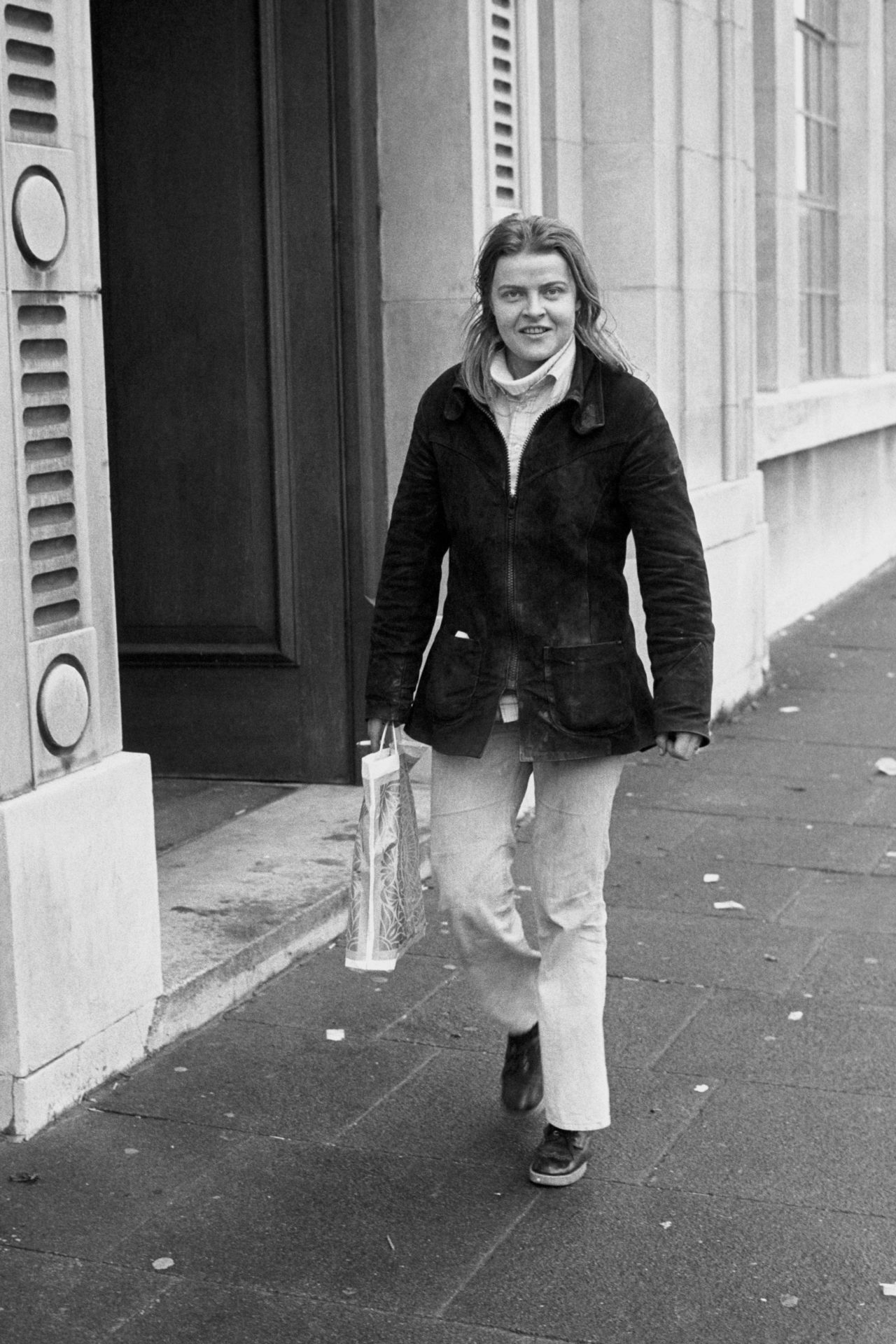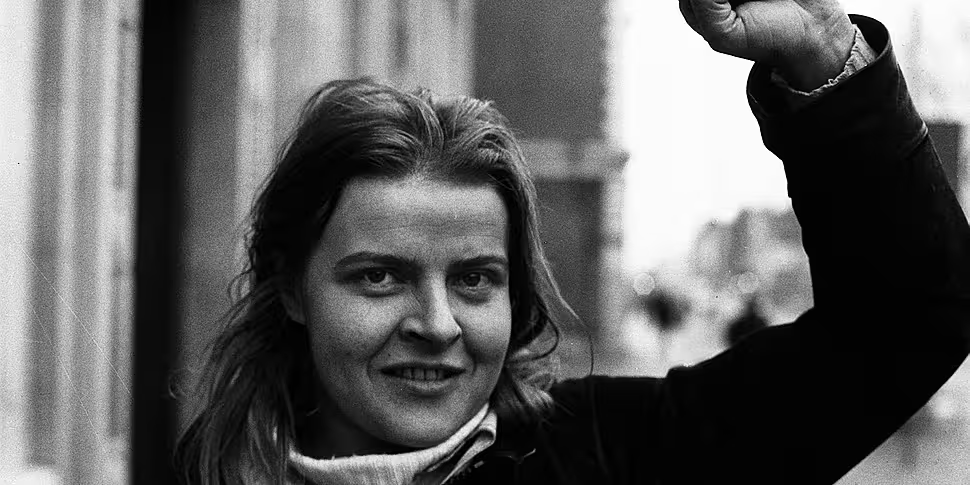IRA bomber Rose Dugdale has been remembered as a “rebel in search of a cause” following her death on Monday, aged 83.
The English heiress had grown up surrounded by wealth in a London townhouse, while also having a 600-acre estate in Devon, before becoming involved with the IRA in the aftermath of Bloody Sunday.
Ms Dugdale would go on to take part in an £8 million heist of paintings from Russborough House in Wicklow, the hijacking of a helicopter in Donegal, and served a number of years in Limerick Prison.
Early signs
On Moncrieff today, Sunday Independent journalist Liam Collins said the heiress, who went on to become an IRA bomb maker, showed signs of what was to come at a young age.
“She went to Oxford and it started there,” he said.
“It was hardly radical but the Oxford Union, a debating society, was an exclusively male preserve and she and her friend dressed up as men and managed to get in – causing a furore.
“She then befriended Dublin-born writer Iris Murdoch who recommended she go to America for college, where she also took a trip to Cuba – she was a rebel in search of a cause really.”
Republicanism
Mr Collins said the heiress became “enamored with Republicanism” after Bloody Sunday in 1972, which picked up steam after she became involved with fellow “maverick” Eddie Gallagher.
“They embarked on this incredibly reckless escapade to hijack a helicopter in Donegal and start dumping milk churns full of explosives to try and hit the Strabane RUC Barracks,” he said.
“But the churns were going everywhere and it was amazing nobody was killed – it was totally reckless.
“I think the IRA was very ambivalent to them as they were a very structured and hierarchical organisation that sanctioned some things and didn’t sanction others.
“Dugdale and Gallagher were two mavericks who didn’t get sanctioned from anybody – they took it upon themselves.”
 Rose Dugdale. Image: PA Images / Alamy Stock Photo
Rose Dugdale. Image: PA Images / Alamy Stock PhotoMr Collins said the pair gained notoriety for robbing paintings from Russborough House in Wicklow, in 1974.
“It was one of Ireland’s finest stately homes and they decided to rob the art collection there," he said.
“There were 19 paintings; Ruben’s, Gainsborough, Goya and the famous Vermeer painting ‘Lady Writing a Letter’.
“These were paintings you couldn’t possibly sell; the Guards tracked them down to West Cork where they found them in the boot of the car.”
Prison
Ms Dugdale spent six years in Limerick prison, where she gave birth to Gallaghers child before being released and helping develop bombs for the IRA.
“She became involved in later years, in the early 90s, with Jim ‘Mortar’ Monaghan,” said Mr Collins.
“He was the [IRA] weapon expert in bomb development and the two of them retreated to a house in rural Mayo and developed explosives.
“They were used to deadly effect, three soldiers were killed in an attack in Armagh and then they were used later in 1994 or 1995 in attacks on the city of London, the Baltic Exchange, and Canary Wharf.”
Mr Collins said while Rose Dugdale lived a “remarkable” life, her escapades should not be romanticised.
Main image: Rose Dugdale. Image: PA Images / Alamy Stock Photo









